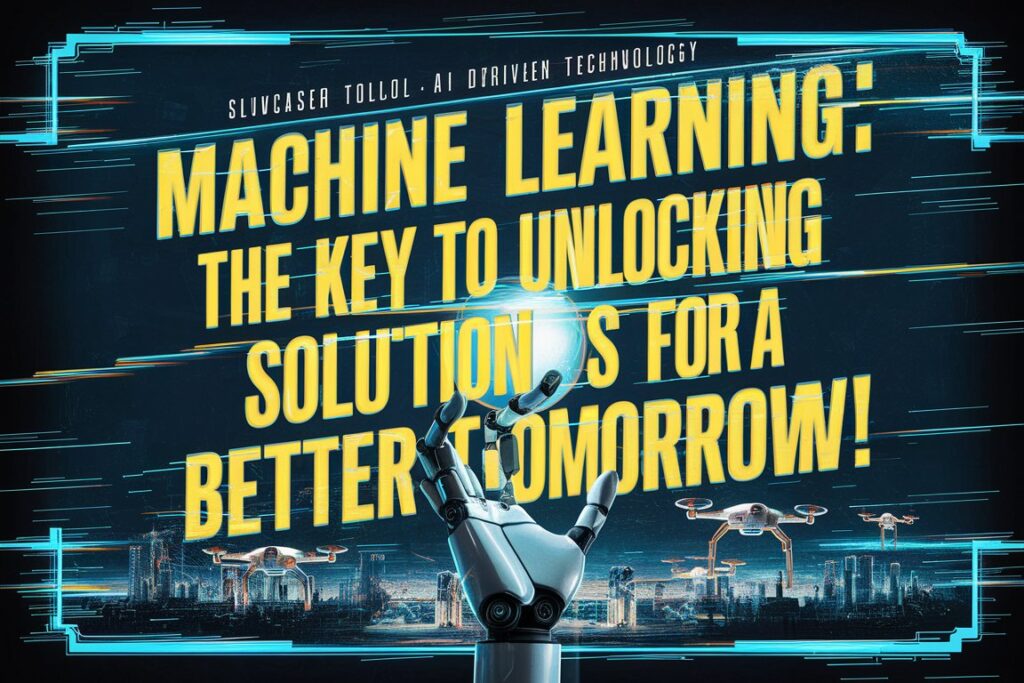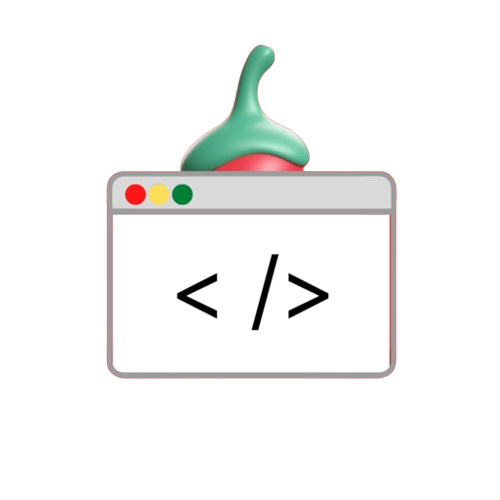As an Instagram digital creator with programming as my ultimate niche. I often get DM’s about “how to start machine learning”, “Is YouTube good for mastering machine learning”, “which programming language is best for machine learning” etc. Hence, it is finally the time to uncover the fabric of learning machine learning for development.
There are many tutorials and guidelines available for machine learning, which is a field that is always developing. There are just too many possibilities, and that could be the primary issue. Even a simple Internet search for “start machine learning” produces a variety of results, including enticing advertisements, out-of-date forum posts, and an excessive number of e-learning courses.
In this post, I would discuss the approaches I think are ideal for learning about this rapidly evolving topic and provide you the finest starting resources for machine learning. Depending on your preferred method of learning, this guide serves as a source of inspiration and motivation in addition to coding.
Note – This guide is tailored for programmers who want to delve into the world of ML.
Here are some concise points highlighting the advantages of mastering Machine Learning for programmers:
Career Opportunities:
ML skills are in high demand across various industries, leading to exciting career prospects in data science, research, and software development.
Problem-Solving Skills:
ML empowers you to tackle complex problems in innovative ways, enhancing your ability to analyze data, identify patterns, and develop solutions.
Building Innovative Applications:
ML opens doors to building cutting-edge applications in areas like AI, natural language processing, and computer vision, pushing the boundaries of what’s possible.
Table Of Contents
- 1 Essential programming skills
- 2 The Machine Learning Landscape:
- 3 Reinforcement learning
- 4 Key Machine Learning Libraries and Tools:
- 5 The Machine Learning Workflow
- 6 Data Collection and Preprocessing:
- 7 Model Selection and Training:
- 8 Model Evaluation and Refinement:
- 9 Deployment and Monitoring:
- 10 Resources for further learning
- 11 Conclusion
Essential programming skills

Python reigns supreme in the world of machine learning (ML) thanks to its powerful combination of
extensive libraries and ease of use.
Here’s why:
Vast Ecosystem of Specialized Libraries: Python has a rich ecosystem of libraries specifically designed for ML tasks. This includes:
- NumPy: Provides fundamental numerical operations and data manipulation, essential for working with large datasets.
- Pandas: Offers powerful tools for data analysis and manipulation, making data exploration and preparation efficient.
- Scikit-learn: A comprehensive collection of ML algorithms and tools, covering various supervised and unsupervised learning tasks.
- TensorFlow/PyTorch: Deep learning frameworks enabling the development and training of complex neural networks.
- Matplotlib/Seaborn: Create stunning data visualizations to understand and communicate your findings.
These libraries provide pre-written code and functionalities, saving you time and effort compared to building everything from scratch. This allows you to focus on the core ML concepts and problem-solving, rather than getting bogged down in low-level implementation details.
Ease of Use:
Python’s syntax is known for its simplicity and readability, making it easier to learn and write compared to languages like C++ or Java. This allows programmers to quickly prototype and experiment with ML algorithms, accelerating the development process.
However, it’s important to remember that mastering ML goes beyond just using libraries.
Data Structures and Algorithms:
Understanding fundamental data structures like arrays, lists, and dictionaries is essential for efficiently organizing and manipulating data.
Algorithms:
Grasping core algorithms like linear regression, decision trees, and k-nearest neighbors is crucial for selecting and implementing appropriate ML models for your tasks. Basically, a good knowledge of algebra and problem based equations are required to master these.
Object-Oriented Programming (OOP):
OOP principles like classes and inheritance help you structure your code effectively and manage complex ML projects.
By combining the power of Python’s libraries with a strong foundation in programming fundamentals, you can unlock the full potential of ML and build robust, intelligent applications.
The Machine Learning Landscape:
Supervised learning:

In the field of machine learning, supervised learning involves using labeled datasets to train algorithms for pattern recognition and result prediction. Supervised learning algorithms get labeled training to understand the connection between the input and the outputs, in contrast to unsupervised learning.
In supervised learning, regression and classification are two main types of tasks:
1. Regression:
Predicts continuous values:
Aims to predict a numerical output variable based on input features.
Examples: Predicting house prices, stock prices, or customer lifetime value.
Focuses on finding the best fit line or curve:
This line or curve represents the relationship between the input and output variables.
Common regression algorithms:
Linear regression, polynomial regression, support vector regression, etc.
2. Classification:
Predicts discrete categories:
Aims to classify data points into different categories based on input features.
Examples: Identifying spam emails, classifying images (e.g., cat vs. dog), or predicting customer churn.
Focuses on finding decision boundaries:
These boundaries divide the data into distinct classes.
Common classification algorithms:
Logistic regression, decision trees, support vector machines, etc.
Key differences:
Output variable:
Regression: Continuous
Classification: Discrete
Goal:
Regression: Predicting numerical values
Classification: Assigning data points to categories.
Unsupervised learning
Imagine you have a big pile of unlabeled objects, like toys. Unsupervised learning is like letting a robot explore the pile and discover patterns on its own. It might:
Group similar toys together:
Cars with cars, dolls with dolls, etc. This is called clustering.
Figure out which features are most important: It might learn that color is a big factor in grouping, while size is less important. This is called dimensionality reduction.
Unsupervised learning helps us understand the data better, even when we don’t know exactly what we’re looking for!
Reinforcement learning
Assume you are a dog trainer.
When the dog accomplishes something well, like fetch the ball, you reward it with a treat. If it chews on your shoes or does something else inappropriate, you may also have to correct it.
That’s how reinforcement learning works. It’s a method of teaching machines by rewarding good behavior and inflicting “punishments” on bad behavior. To maximize rewards, the computer attempts a variety of strategies before figuring out what works best.
Here’s a simple breakdown:
Agent: The machine that’s learning.
Environment: The world the agent interacts with.
Action: The things the agent can do.
Reward: A positive signal for good actions.
Punishment: A negative signal for bad actions.
Through trial and error, the agent learns the best actions to take in different situations to get the most rewards. This makes it good for tasks like:
Playing games: AI agents can learn to play complex games like chess or Go.
Robotics: Robots can learn how to move and interact with their environment.
Finance: AI can learn to make investment decisions.
It’s like the machine is constantly getting feedback and adjusting its behavior to become better at what it’s doing.
Key Machine Learning Libraries and Tools:

The Machine Learning Workflow
Building a successful machine learning (ML) project involves a structured workflow with several key steps.
Let’s delve into each step with practical examples and considerations:
Data Collection and Preprocessing:
Data collection :
Identify the data you need to achieve your project goals.
This could involve:
Internal Data: Existing databases, customer records, sensor readings.
External Data: Public datasets, web scraping, APIs.
Ensure the data is relevant, reliable, and sufficient for your chosen ML task.
Data processing:
Clean and prepare the data for analysis:
Missing Values: Handle missing data points with techniques like imputation or deletion.
Outliers: Identify and address extreme values that might skew the model.
Data Types: Ensure consistency in data types (e.g., numerical, categorical).
Feature Engineering: Create new features from existing ones to improve model performance.
Model Selection and Training:
Model Selection:
Choose an appropriate ML algorithm based on your project’s objective and data type:
Supervised Learning: For tasks like classification (e.g., spam detection) or regression (e.g., predicting house prices).
Unsupervised Learning:
For tasks like clustering (e.g., grouping customers) or dimensionality reduction (e.g., simplifying complex data).
Reinforcement Learning: For tasks involving decision-making in dynamic environments (e.g., game playing).
Model Training:
Feed the preprocessed data into your chosen ML model.
The model learns from the data and identifies patterns and relationships.
Hyperparameter tuning: Adjust model parameters to optimize performance.
Model Evaluation and Refinement:
Model Evaluation
Assess the model’s performance on unseen data:
Metrics: Use appropriate metrics based on your task (e.g., accuracy, precision, recall, F1-score).
Splitting Data: Divide your data into training, validation, and testing sets.
Train the model on the training set.
Evaluate performance on the validation set to tune hyperparameters.
Finally, assess the model’s generalizability on the unseen test set.
Model Refinement:
If the model’s performance is unsatisfactory, consider:
Trying different algorithms or hyperparameters.
Collecting more data or improving data quality.
Feature engineering to create more informative features.
Example: Assess the accuracy of the spam filter using the test set. You may improve the model by adding characteristics like sender reputation or modifying hyperparameters if it incorrectly classifies some emails.
Deployment and Monitoring:

Deployment:
Once the model is satisfactory, integrate it into a production environment:
Web applications, mobile apps, or standalone systems.
Consider factors like scalability, security, and real-time performance.
Monitoring:
Continuously monitor the model’s performance in production:
Track metrics like accuracy and identify potential issues.
Retrain the model with new data as needed to maintain performance.
Example: The spam filter could be deployed as part of an email server, automatically filtering incoming emails. Ongoing monitoring ensures it adapts to evolving spam tactics.
Resources for further learning
Online courses, tutorials, and books that are recommended by me for ML:Platforms like Coursera, Udacity, and Kaggle offer comprehensive ML courses.
Books like “Hands-On Machine Learning with Scikit-Learn, Keras & TensorFlow” by Aurélien Géron are excellent resources.
Conclusion
Learning new things constantly is the path to becoming an expert in machine learning.
This guide offers a road map, but the real adventure begins when you explore, try new things, and engage with the active machine learning community.
Please share your initiatives, difficulties, and observations in the section below. Together, we can develop in a cooperative learning environment and have a positive impact on the fascinating field of machine learning!





A very detailed Information. I liked it.
I have learned tensorflow and hoping to land my dream job soon ❤️
Thanks for sharing. I read many of your blog posts, cool, your blog is very good.
Can you be more specific about the content of your article? After reading it, I still have some doubts. Hope you can help me.